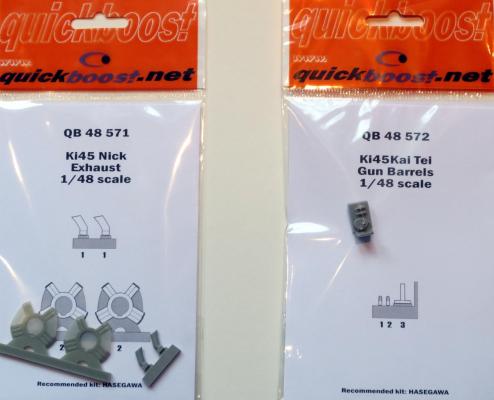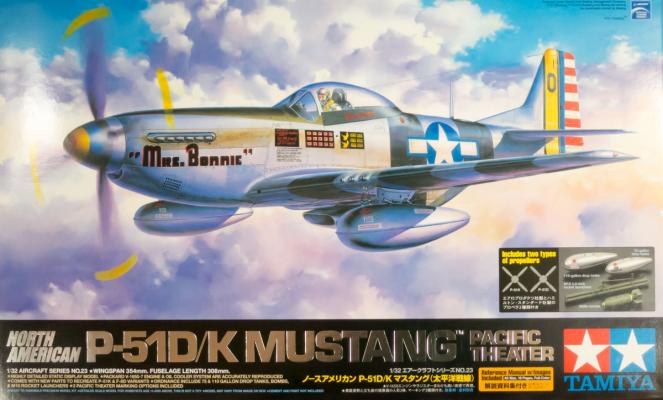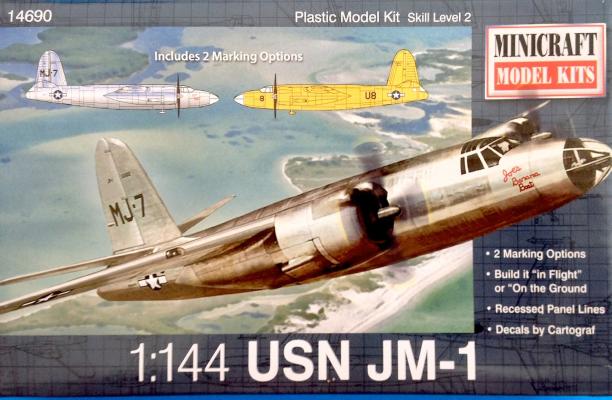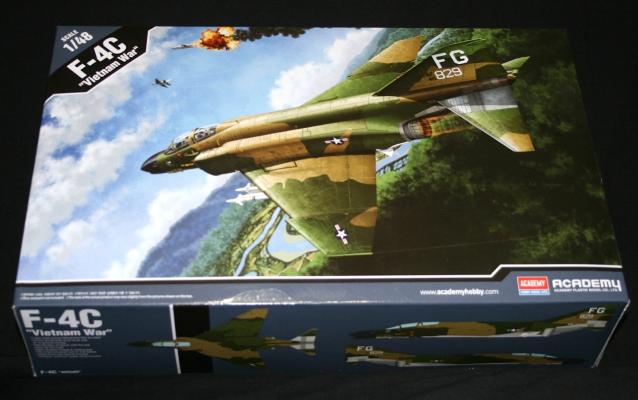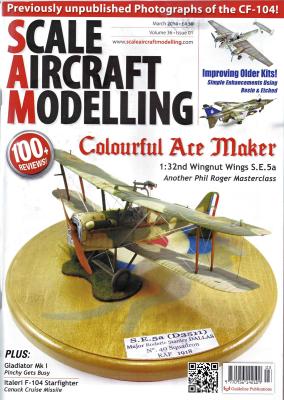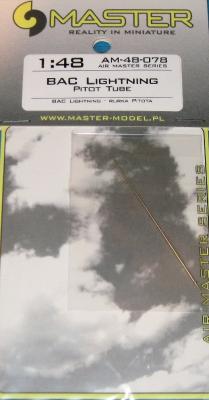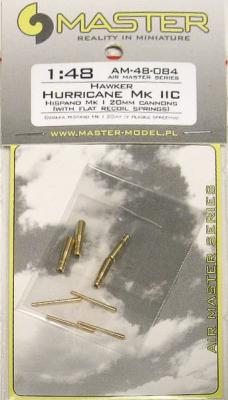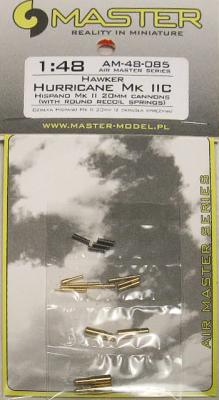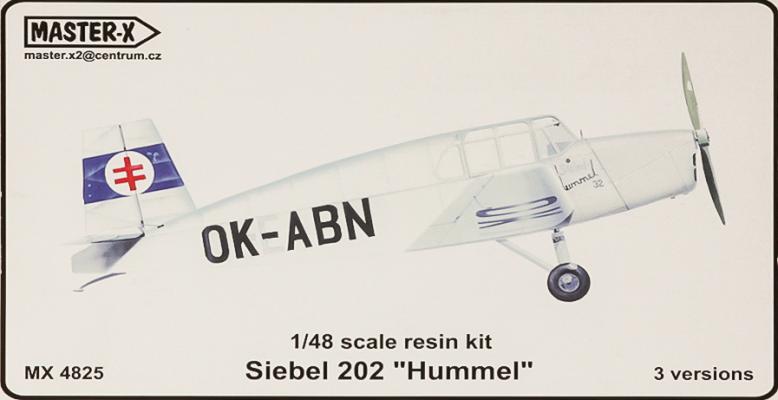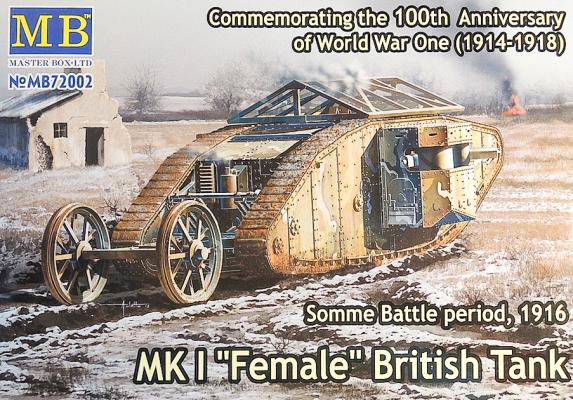Master Model from Poland specializes in metal turned parts for aftermarket kits. In my personal option, they are among the best in the market. I really like their products.
This set is devoted to the weapons of the Hawker Hurricane Mk IIC. There are several kit options in 1/48 scale: Hasegawa, Hobbycraft and Italeri. This set can be used with all of the above, with different modifications in each case.
For any of the base kits, you are instructed to drill holes in the wings for the fairings and to replace the plastic parts with the metals ones. In the case of the Hasegawa model (see photo), it could be possible to modify the wing fairing and just use the cannon barrel. You’ll lose a bit of detail, but you “gain” less effort needed to modify the kit.
Be aware that the outer and inward cannon fairings have different sizes, and should not be used interchangeably. The instructions are very clear about which one is which and how to position them.

